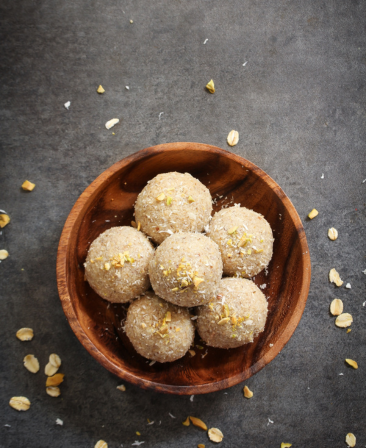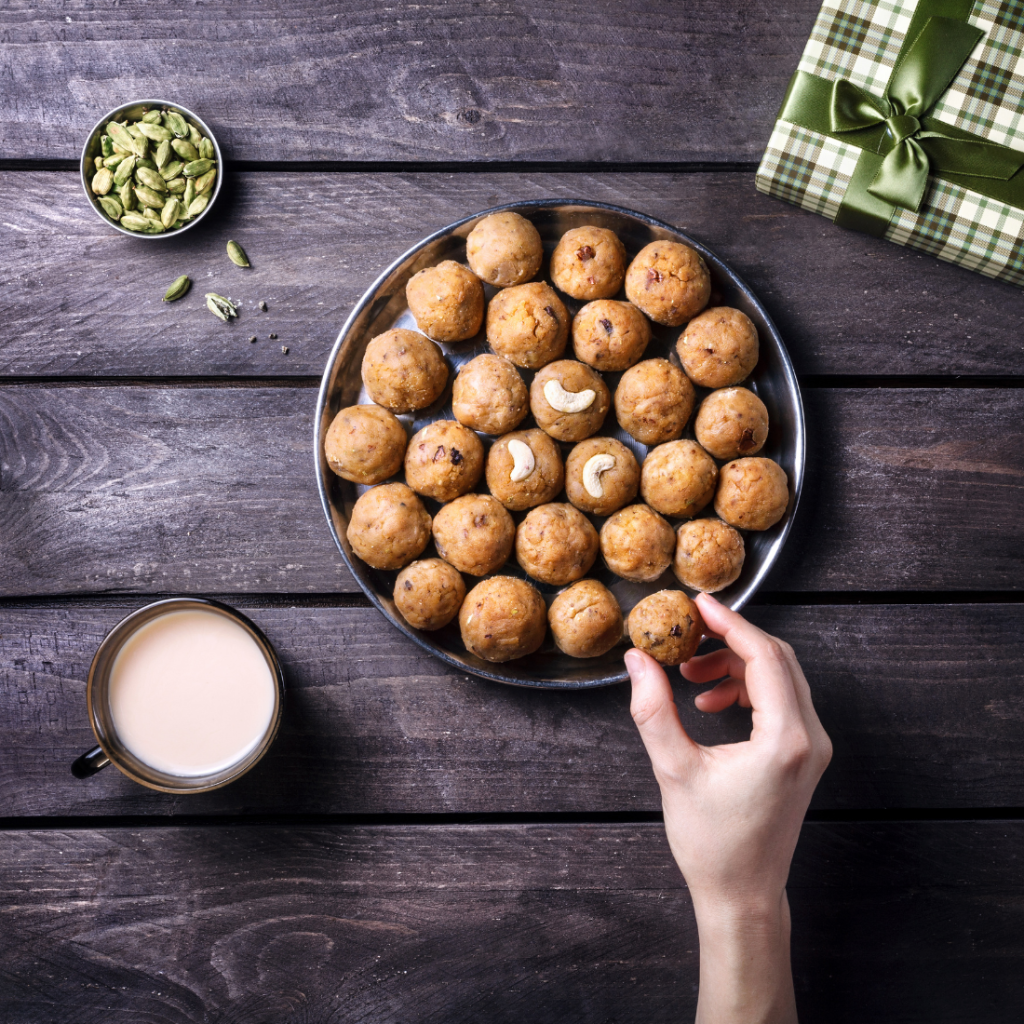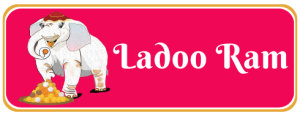
Ladoos, those delectable round sweets that come in various flavors and sizes, are an integral part of Indian cuisine. These sweet delights have a fascinating history that stretches back through the centuries, evolving from ancient rituals to modern treats enjoyed by people of all ages. In this blog, we’ll explore the sweet journey of Ladoos, from their origins in religious ceremonies to their popularity in the world of confectionery.
The Origins of Ladoos
The history of Ladoos can be traced back to ancient India, where they were originally used in religious rituals. The term ” Ladoo” is believed to have its roots in the Sanskrit word “Ladooka,” meaning a small sweet or dessert. In Hinduism, Ladoos were and still are offered as prasadam (an offering to the gods) during religious ceremonies and festivals.
These early Ladoos were made from ingredients like flour, ghee (clarified butter), and sugar. They were often flavored with spices like cardamom and infused with nuts such as almonds, cashews, and pistachios. The spherical shape of the Ladoo was considered a representation of the Earth, symbolizing the unity of all creation.
Ladoos as Prasadam
Ladoos have held a significant role in Hindu worship. They are offered to deities during pujas (prayer rituals) and as prasadam in temples and households. The distribution of Ladoos as prasadam is a way of sharing blessings and good fortune with devotees. It is a tradition that continues to this day, and the practice has extended to other religions and cultures as well.
The Evolution of Ladoos
As time passed, Ladoos began to evolve beyond their religious origins. They became a symbol of celebration, a sweet treat offered during auspicious occasions and festivals. The traditional recipe saw many regional variations, giving rise to an array of Ladoo types such as boondi Ladoo, motichoor Ladoo, besan Ladoo, and coconut Ladoo, among others.
Innovations in the Ladoo-making process led to creative variations. Jaggery (unrefined sugar) replaced sugar in some recipes, adding a distinctive flavor. Different flours like besan (gram flour), rava (semolina), and even millet flour were used in Ladoo preparations. These innovations allowed for a diverse range of textures and flavors, making Ladoos even more irresistible.


Ladoos in Modern Times
Ladoos have undergone yet another transformation in modern times. They are now enjoyed not only in their traditional forms but also as contemporary dessert options. Ladoos are commercially produced and readily available in various flavors, including chocolate, mango, and even protein-rich versions. These modern Ladoos are packaged for convenience and have become a popular choice for gifting and snacking.
Today, Ladoos are not limited to India but are also cherished by people around the world. Indian restaurants and grocery stores across the globe offer Ladoos as a delightful dessert option, introducing them to a broader audience.
Ladoos have come a long way from their ancient origins as religious offerings to the versatile, delectable sweets we know today.
Their journey showcases how traditional customs can adapt and thrive in changing times. Whether enjoyed during religious ceremonies, festivals, or as modern confections, Ladoos remain a symbol of sweetness, unity, and celebration in the rich tapestry of Indian culture. So, the next time you savor a Ladoo, remember the sweet history behind this beloved treat, which has bridged the gap between tradition and modernity.














 Home
Home  Whishlist
Whishlist  Compare
Compare  Checkout
Checkout